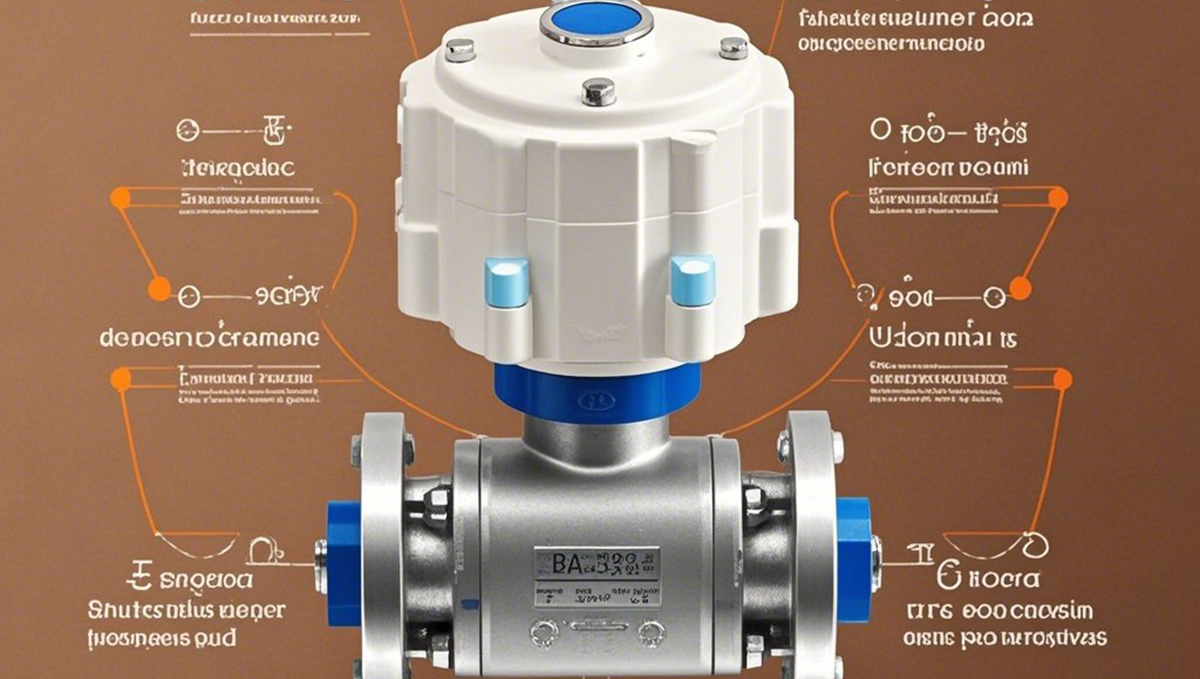In the process of using valves, we sometimes encounter some headaches, such as the valve can not close tightly. So, when it comes to the valve is not closed tightly, what should we do?
First of all, if the valve does not close tightly, first check whether the valve has been closed in place. If it is confirmed that it has been closed in place, but there is still leakage, then the sealing surface needs to be checked. Some valves have sealing pairs that can be disassembled, at which point we can take them out for grinding and test them again. If the grinding is still unable to close tightly, then you need to consider returning the valve to the factory for overhaul or replacement, in order to avoid affecting the normal use of the valve or lead to accidents in the workplace.
So, what are the reasons that the valve is not closed tightly usually?
Impurities stuck in the sealing surface: sometimes, the valve sealing surface between the impurities will be stuck, resulting in the valve can not be closed tightly. At this time, we should not force the valve to close, but should be slightly larger, and then try to close, repeated attempts, usually can solve the problem. At the same time, we should also keep the quality of the medium clean to avoid impurities into the valve.
Valve stem threads rust: For valves that have been in the open state for a long time, occasionally when they are closed, the valve may not be able to close tightly due to rusty stem threads. For this situation, we can repeatedly switch on and off the valve a few times, while gently tapping the bottom of the valve body with a small hammer, usually can close the valve tightly. In this case, there is no need to grind the valve for repair.
Damage to the valve sealing surface: If the valve still cannot be closed tightly even after several attempts to switch it on and off, then the sealing surface may have been damaged. In this case, we need to report to the relevant department for repair. In addition, corrosion, particles in the medium scratches, etc. may also damage the sealing surface, also need to report repairs.
Poor connection between stem and flap: If the stem is not well connected to the flap, it may also result in the valve not being able to close tightly. In order to maintain the flexibility of the valve’s opening and closing, we should regularly lubricate the valve stem and stem nut, and develop a set of formal maintenance programs.
In short, when encountering the situation that the valve does not close tightly, we should first find out where the problem lies, and then take appropriate solutions according to the specific circumstances. Through reasonable maintenance and repair, we can extend the service life of the valve and ensure its normal operation.



